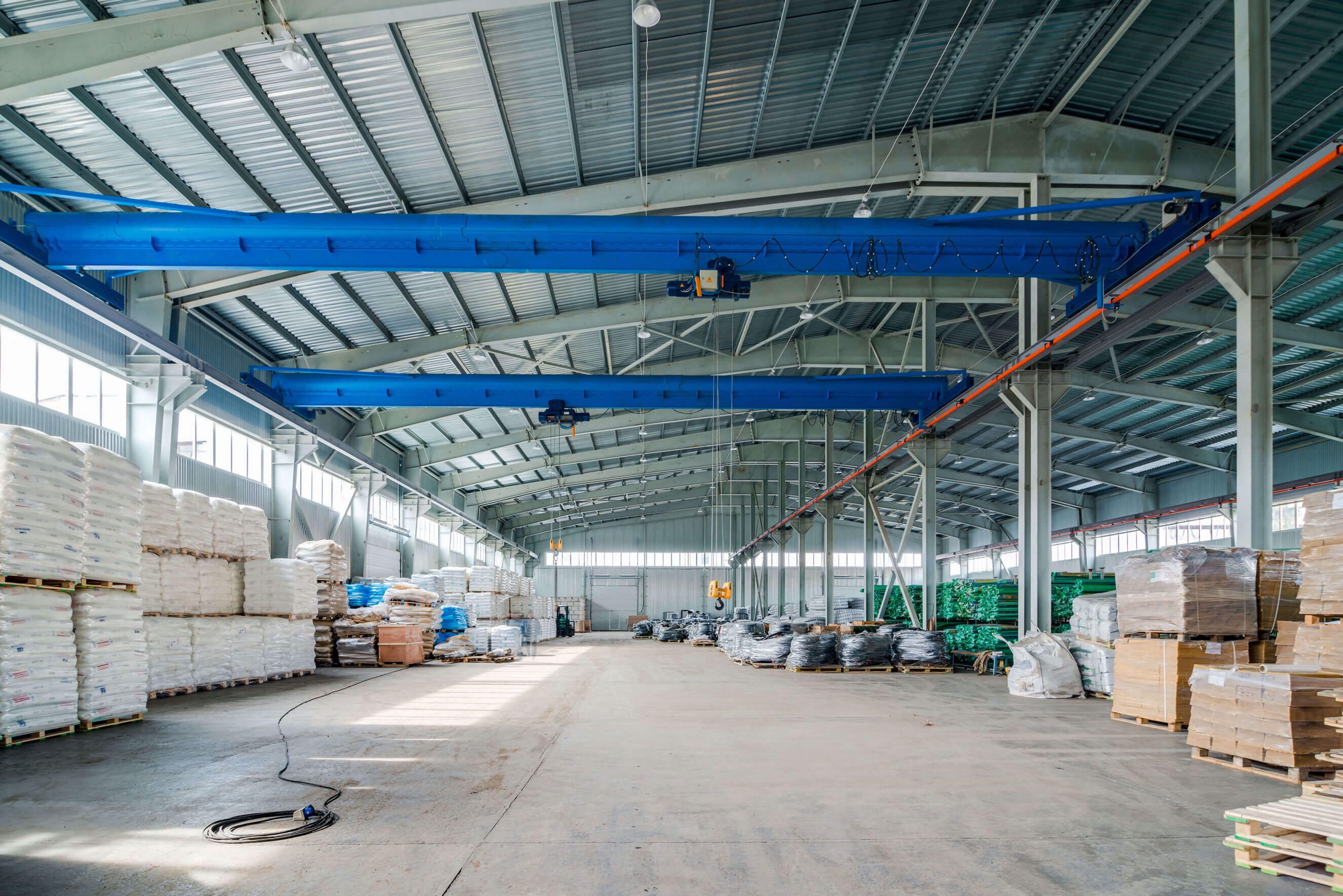Limestone is a sedimentary
rock primarily composed of calcium carbonate (CaCO3) minerals. Here are some
details about limestone, including its Chemical Abstracts Service (CAS) number:
1. Chemical Composition: Limestone is mainly composed of calcium carbonate (CaCO3), typically in the form of the minerals calcite or aragonite. It may also contain small amounts of other minerals, such as clay, quartz, dolomite, or gypsum.
2. CAS Number: The CAS number for calcium carbonate is 471-34-1. However, since limestone is a naturally occurring rock rather than a pure chemical compound, it does not have a specific CAS number.
3. Formation: Limestone forms over millions of years through the accumulation and compaction of marine organisms, such as coral, shells, and microscopic algae, as well as through chemical precipitation from seawater. It is one of the most abundant sedimentary rocks on Earth and can be found in various geological formations.
4. Physical Properties:
- Color: Limestone can range in color from
white to gray, yellow, brown, and even black, depending on its mineral
composition and impurities.
- Texture: It typically has a granular or
crystalline texture but can also be fine-grained or massive.
- Hardness: Limestone is relatively soft
compared to other rocks, with a Mohs hardness of 3 on the scale of mineral
hardness.
- Porosity: Limestone is often porous,
allowing fluids to flow through it, which can lead to the formation of caves,
sinkholes, and underground aquifers.
5. Uses:
- Construction Material: Limestone is widely
used as a building material in the construction industry for its durability,
versatility, and aesthetic appeal. It is used in the construction of buildings,
monuments, bridges, and roads, as well as in the production of concrete,
cement, and lime.
- Agriculture: Crushed limestone is used as
a soil conditioner to neutralize acidic soils and provide essential calcium and
magnesium nutrients for plant growth.
- Industrial Applications: Limestone is used
in various industrial processes, such as in the production of iron and steel,
glass, ceramics, paper, plastics, and chemicals.
- Environmental Remediation: Limestone is
used in environmental remediation projects to neutralize acidic mine drainage
and flue gas emissions from power plants and industrial facilities.
6. Health and Safety: Limestone itself is not toxic or hazardous. However, prolonged exposure to airborne limestone dust may cause respiratory irritation or lung disease, particularly in occupational settings such as mining or quarrying.
Overall, limestone is a versatile and valuable natural resource with widespread applications in construction, agriculture, industry, and environmental remediation.
If you need further information or have specific questions, feel free to ask!

.jpg)
